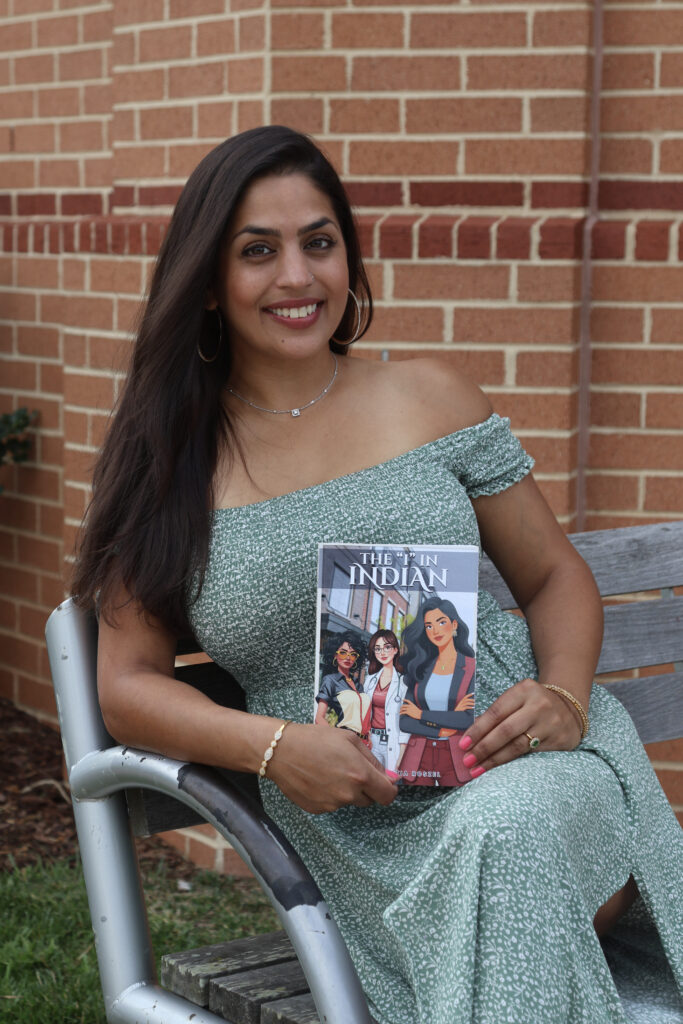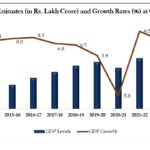When you grow up as the child of immigrants, life often feels like a tightrope walk between two worlds. For second-generation South Asians in the U.S., this balancing act is deeply personal—our parents’ cultural expectations on one side and the American ideals we’ve grown up with on the other.
This duality is most visible in three areas: identity, relationships, and the stigma surrounding divorce. These are not just personal challenges; they reflect the broader social evolution of the South Asian diaspora in America.
The Identity Balancing Act
Many second-generation South Asians grow up with a foot in two cultural spheres. At home, traditional values and cultural customs dominate: speaking their parents’ native language, celebrating cultural holidays, and adhering to family expectations around education and career. Outside the home, they are immersed in American ideals that emphasize independence, self-expression, and individual success.
The question, “Where do I belong?” is common. According to a 2021 study by the Pew Research Center, nearly two-thirds of Asian Americans report feeling like they have to navigate two different cultural worlds, with 65 per cent saying they are “constantly aware” of how they present themselves depending on context (Pew Research Center, 2021). Those who integrate both cultures—rather than choosing one over the other—tend to experience stronger self-esteem and resilience, according to research on bicultural identity integration published in the Journal of Cross-Cultural Psychology (Benet-Martínez & Haritatos, 2005).

For second-generation South Asians, the challenge is rejecting the notion that identity is binary. We are not “either/or”; we are “both/and.”
Interracial Relationships and Cultural Expectations
Dating outside one’s culture or religion remains one of the most visible ways second-generation South Asians push against tradition. For many first-generation parents, choosing a partner of the same ethnicity isn’t just about personal preference—it’s about preserving values, community, and often even language continuity.
However, attitudes are shifting. Interracial marriage rates among Asian Americans are among the highest of any group, with nearly 30 per cent of married Asian Americans married to someone of a different race or ethnicity, according to Pew’s Social & Demographic Trends research (2021). Among U.S.-born Asian Americans, this number rises to over 40 per cent.
Still, the emotional cost of defying tradition can be steep: strained parental relationships, judgment from extended family, and a sense of cultural betrayal. This is not merely a personal issue; it’s a cultural one, highlighting the tension between collectivist cultures, which emphasize family and community, and individualistic cultures, which prioritize personal happiness.
Divorce: The Last Great Taboo
If interracial relationships raise eyebrows, divorce often remains unspoken altogether. In many South Asian communities, marriage is treated as permanent, and ending it is seen as shameful—not just for the couple, but for the extended family.
This stigma can have devastating effects. Research from organizations like Sakhi for South Asian Women has documented how women in unhappy or abusive marriages often face intense cultural pressure to stay, fearing social ostracization or dishonor. While divorce rates among Asian Americans remain lower than national averages, they have been steadily rising. A University of Maryland study reported that the Asian American divorce rate increased by 25 per cent between 2000 and 2020, reflecting a gradual cultural shift toward prioritizing individual well-being over collective reputation.
For second-generation South Asians, normalizing divorce as a potential outcome—not a personal failure—represents an important cultural evolution. It’s an acknowledgment that marriage is one part of life, not the measure of one’s worth.
Why This Matters
These issues are not abstract; they are playing out in living rooms across America, over dinner tables, and in the silent tension between parents and their adult children. They influence who we marry, how we see ourselves, and how willing we are to live authentically.
This is not about rejecting our heritage. It’s about redefining it. Second-generation South Asians are uniquely positioned to honor their culture while carving out lives true to themselves. That requires integrating complex identities, challenging outdated stigmas, and having honest, sometimes uncomfortable, conversations with family and community members.
A Personal Note
These themes inspired me to write my debut novel, The “I” in Indian. Though fictional, it explores experiences many second-generation South Asians know well: the tug-of-war between tradition and individuality, the risk of loving outside one’s culture, and the courage required to step into one’s truth—even when it means facing judgment.
Ultimately, my novel is about more than love or identity; it’s about self-acceptance and hope. For anyone who has struggled to reconcile who they are with who they were raised to be, I hope my work offers both entertainment and a sense of belonging.
Disclaimer: The opinions and views expressed in this article/column are those of the author(s) and do not necessarily reflect the views or positions of South Asian Herald.


![31095_BBRBooks_Book-Cover_PR_v05[1].jpg](https://southasianherald.com/wp-content/uploads/2025/07/31095_BBRBooks_Book-Cover_PR_v051.jpg-1170x1755.jpeg)



